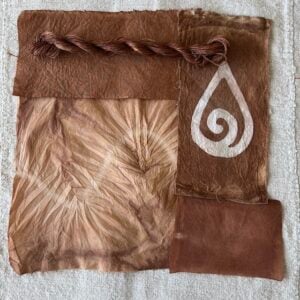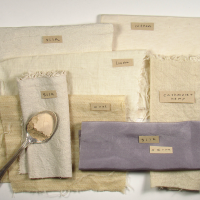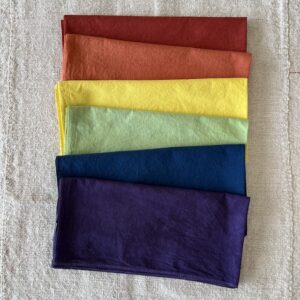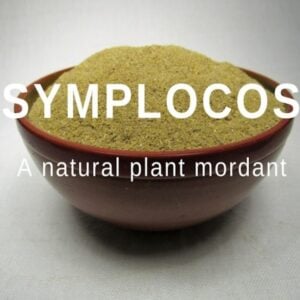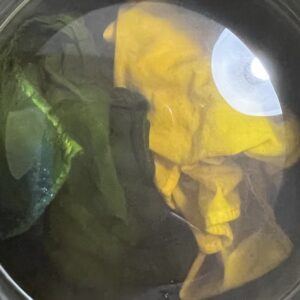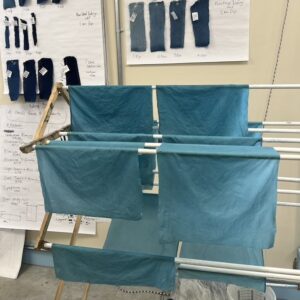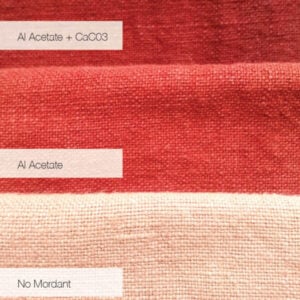Mordant Monday: Kakishibu (Persimmon Tannin)
Kakishibu samples clockwise from top: paste resist by Kentaro Kojima, silk, cotton sashiko thread, cotton with iron, soda ash and kakishibu alone. Natural dyes are fascinating because we can see the history of human curiosity and imagination as it interacts with the natural world. Like, who looked at a hard, green, horribly astringent, inedible persimmon fruit and thought “You know, there’s probably an amazing, insect-repelling, anti-microbial, water-resistant, beautiful color in there if I just ferment it for a couple of years with a slice of eggplant.” Who, exactly? Whoever that clever person was, we have them to thank for one … Read more

